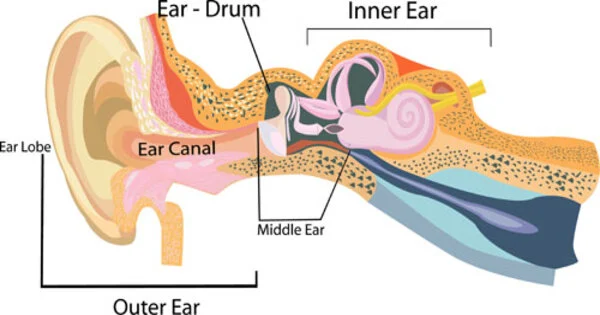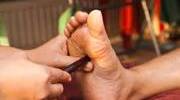Hearing loss is defined as the inability to hear as well as someone with normal hearing (hearing thresholds of 20 dB or better in both ears). It is characterized by a partial or complete inability to hear. Hearing loss is caused by both aging and chronic exposure to loud noises. Other factors, such as excessive earwax, can temporarily impair your ears’ ability to conduct sounds.
Hearing loss can range from mild to severe to profound. It can be present at birth or acquired later in life. Hearing loss can affect one or both ears. Hearing problems in children can impair their ability to learn spoken language, while in adults they can cause difficulties with social interaction and at work. It can be temporary or permanent. Hearing loss related to age usually affects both ears and is due to cochlear hair cell loss. In some people, particularly older people, hearing loss can result in loneliness. Deaf people usually have little to no hearing.
Signs and symptoms
- Muffling of speech and other sounds
- Difficulty understanding words, especially against background noise or in a crowd
- Trouble hearing consonants
- Frequently asking others to speak more slowly, clearly and loudly
- Needing to turn up the volume of the television or radio
- Withdrawal from conversations
- Avoidance of some social settings
Causes
Hearing loss can be caused by a variety of factors, including genetics, aging, noise exposure, certain infections, birth complications, ear trauma, and certain medications or toxins. Chronic ear infections are a common condition that causes hearing loss. Certain pregnancy infections, such as cytomegalovirus, syphilis, and rubella, can cause hearing loss in the child. Hearing loss is diagnosed when hearing tests reveal that a person cannot hear at least 25 decibels in at least one ear. All newborns should be tested for hearing loss. Hearing loss is classified as mild (25 to 40 decibels), moderate (41 to 55 decibels), moderate-severe (56 to 70 decibels), severe (71 to 90 decibels), or profound (greater than 90 dB). There are three main types of hearing loss: conductive hearing loss, sensorineural hearing loss, and mixed hearing loss.
Prevention
Many of the causes of hearing loss can be avoided through public health strategies and clinical interventions implemented throughout the life course. Hearing loss prevention is critical throughout life, from prenatal and perinatal periods to old age. Nearly 60% of hearing loss in children is caused by avoidable causes that can be avoided by implementing public health measures. Similarly, in adults, the most common causes of hearing loss, such as exposure to loud sounds and ototoxic medications, are avoidable.
Approximately half of all hearing loss worldwide is preventable through public health measures. Immunization, proper pregnancy care, avoiding loud noises, and avoiding certain medications are examples of such practices. In order to limit noise exposure, the World Health Organization recommends that young people limit their exposure to loud sounds and use of personal audio players to one hour per day. Early detection and support are especially important for children. Hearing aids, sign language, cochlear implants, and subtitles are all useful tools for many people. Lip reading is another useful skill that some people learn. However, access to hearing aids is limited in many parts of the world.
















